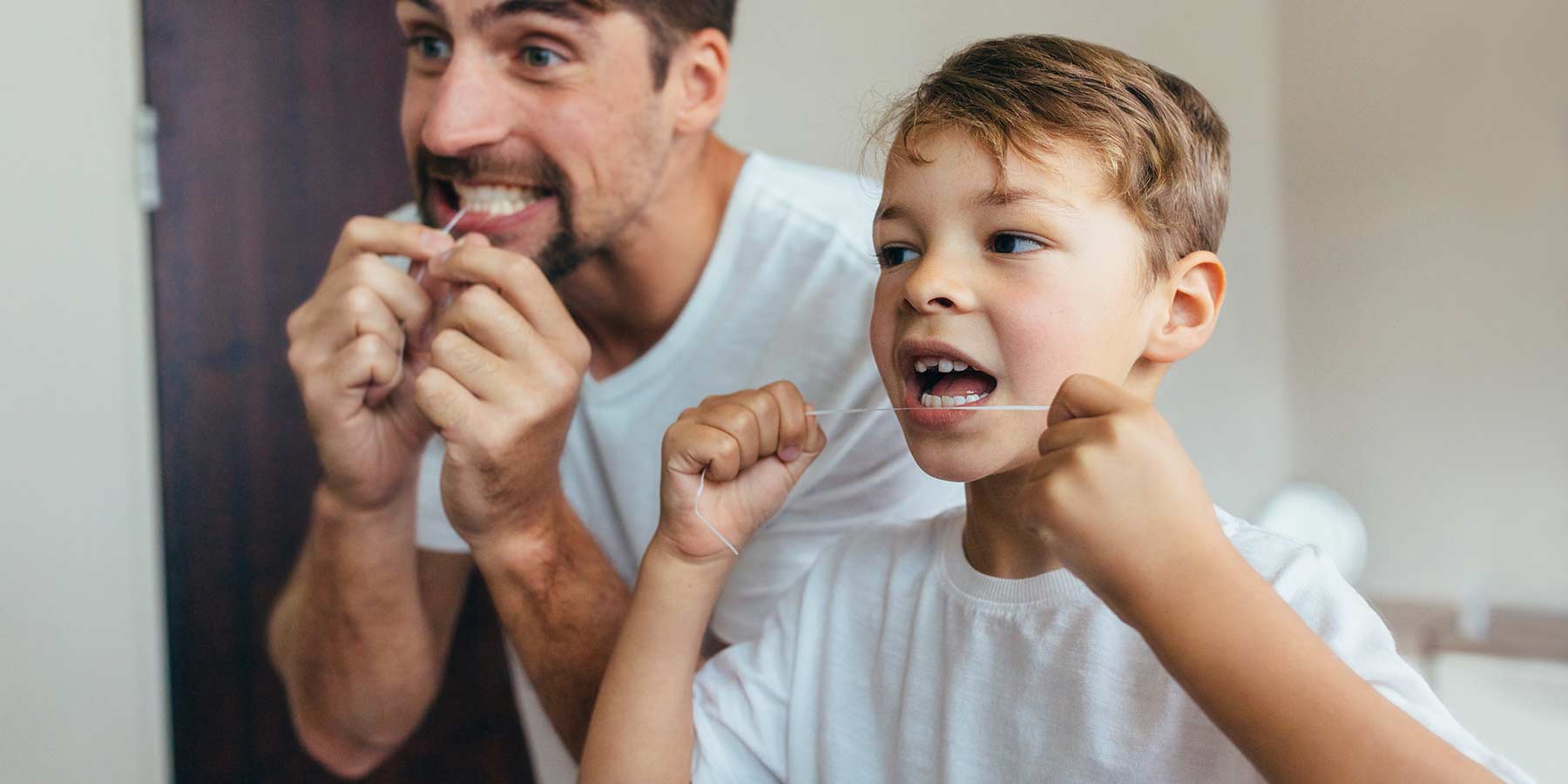
February is National Children’s Dental Health Month. AFSPA wants to remind you how important it is to help your child establish good flossing habits early.
When children learn to floss at an early age, they are more likely to continue this behavior throughout their lives. It also will help their teeth and gums remain as healthy as possible.
When Should I Start Helping my Child Floss?
It is best to begin flossing as soon as your child has two teeth that fit closely together. This usually happens between the ages of two and six. If your child is on the younger side of this age range, you will need to floss for them until they are old enough to learn how to floss themselves. You should continue to supervise and help them until they are around 10 years old to ensure they are flossing thoroughly. If you are not sure whether it is time for your child to begin flossing, talk to your child’s dentist about the right timing and technique.
Traditional Floss or Floss Picks?
Traditional Floss – If you’re able to effectively use traditional floss for your child’s teeth, teach them the same flossing techniques adults use. You may want to consider selecting a wider, softer, and flatter dental floss to prevent injuries to the gums while your child is still learning.
Dental Floss Picks – If you’re struggling to reach the smaller areas in your child’s mouth with traditional floss, consider floss picks. This will make it much easier to reach between your child’s teeth effectively, and they are also easier for children to use on their own when they are still learning how to floss. Additionally, individual floss picks come in fun shapes and colors that may make your child more interested in flossing.
How do I Make Flossing Fun?
AFSPA offers four dental insurance plans options specifically designed to meet you and your family’s dental needs, whether you need dental care in the US. or abroad. All dental plans offered by AFSPA cover routine exams and cleanings for children and adults at 100%. All plans provide coverage for dependents up to age 26, regardless of financial dependency, residency, student status, or marital status. To learn more about AFSPA dental plans visit afspa.org/dental.
Sources:
https://smilesdentistry4kids.com/dental-care-tips-for-parents-teaching-kids-to-floss/
https://www.kidstoothdrs.com/blog/when-should-kids-start-flossing
Copyright © 2025 All Rights Reserved by AFSPA.